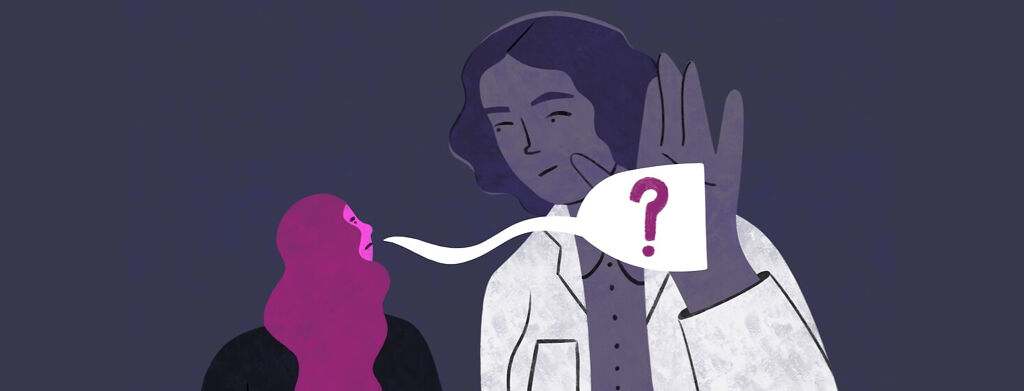A Downsized Diagnosis
So, you’ve been diagnosed with nonalcoholic fatty liver disease (NAFLD) and your doctor brushed it off as “not serious.” Now, you’re sitting in a cloud of fear because you’ve just been diagnosed with a disease, but somehow you aren’t supposed to worry about it. Well, that was me nearly 4 years ago.
The first sign of NAFLD
The first symptom that gave me the inkling that something wasn’t right was the strange, dull ache on the right upper side of my abdomen that had been bothering me for longer than I was okay with. Did I think something was wrong? Not necessarily, but there was definitely something “off” about how I was feeling.
I noticed that this feeling amplified when I ate certain foods, especially after binging (a story for another time). Deep-fried, fatty, high-carb foods made the ache much stronger. I knew, deep down, there was a correlation, but when you are emotionally eating away your feelings, not much else matters or takes precedence.
At least, that’s how I felt, until I looked into my rearview mirror, felt the ache in my upper right quadrant, and would have bet my life that my eyes had a tint of yellow to them. An immediate trip to the emergency room for answers would end up marking the beginning of a 4-year-long journey of self-educating on liver health.
The frustration of a downsized NAFLD diagnosis
The ER was about as helpful as a perforated umbrella. Yellow in my eyes? No matter how many times I brought it up, they blew it off. Bloodwork came back relatively normal—nothing to raise any eyebrows. Even my liver enzymes were fairly normal. They performed an ultrasound and only discovered that my liver was slightly enlarged. Again, this was nothing to them.
They recommended that I see a gastroenterologist if I wanted further explanations, but as far as the ER was concerned, I was good to go. The only way I can describe the feeling flooding my mind is if you were to lie on your back, eyes closed, on a playground merry-go-round. I was spinning and spinning and spinning. To be quite honest, I was scared.

Join the conversation